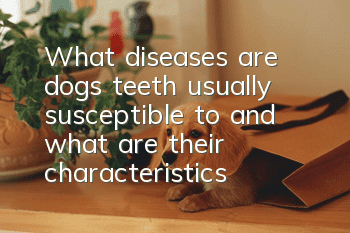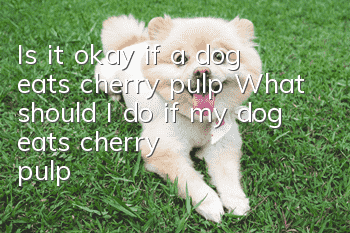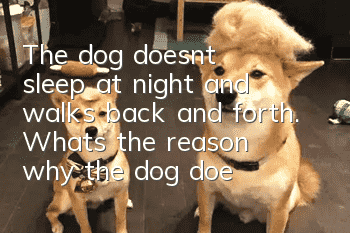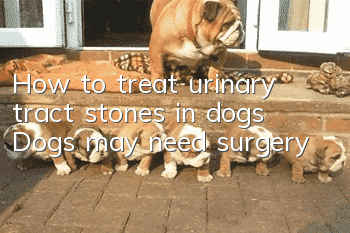What diseases are dogs’ teeth usually susceptible to, and what are their characteristics?

As the saying goes, "Toothache is not a disease, it hurts really bad." Dogs also have dental problems for various reasons, which in turn affects their diet or dental health. It's just that dogs are more tolerant of pain than humans. Let’s take a look at the common dental diseases in dogs with the editor:
1. Periodontitis: Periodontitis, also known as alveolar pyorrhea, is an acute or chronic inflammation of the periodontal ligament. This disease is characterized by the resorption of alveolar bones and loosening of teeth. Characterized by gingival recession. In the early stage, there is a desire to eat, but one is cautious; the gums are red, swollen, soft, have bad breath, salivation, loose teeth, and purulent secretions or blood leak out from the gums. Appetite gradually decreased, the affected dog showed pain, and its body surface gradually became lighter.
2. Gingivitis: This disease is an acute or chronic inflammation of the gums, characterized by congestion and swelling of the gums. Anorexia or loss of appetite; unusual or exaggerated chewing movements, "chattering" of the teeth; bad breath; drooling (drooling); bleeding from the mouth or gums; difficulty swallowing; vomiting, retching, choking, or regurgitation; wiping or shaking of the face; nose Discharge, sneezing; fever, depression, or local lymphadenopathy.
3. Dental calculus: The gums become flushed, forming yellow-white, yellow-green or gray-green deposits on the edges of the gums. Sometimes damage to the tongue and buccal mucosa can be seen, and sometimes due to the extrusion of calculus, atrophy of the periosteum of the gums and tooth roots can be seen. It often turns brown or dark brown, and can cause gingivitis and alveolar periostitis. When checking the oral cavity, you can find gingival ulcers, salivation, a foul smell in the mouth, and food accumulation in the damaged mucosa.
Warm reminder: Generally, dogs should clean or take care of their teeth regularly after they are over two years old, especially if they do not eat meat. You can use pet-specific toothpaste and toothbrush care once every two weeks. For those who are older and have dental problems, they should go to the hospital for examination and treatment in time, otherwise it will affect the dog's quality of life in old age.
Recommended Good Things
Aineng Pet Odor Eliminating Disinfectant can effectively remove body odor/feces odor and other odor molecules! Effectively treats skin diseases caused byfungi/bacteria! Can killparvovirus/canine distemper virus/coronavirusetc.!
It is edible grade for pets, does not contain fragrances, does not contain chemicals, can be sprayed directly, and is harmless to human pets!
Consultation:13028809308 (WeChat synchronization)
Scan the QR code on WeChat to enter the purchase
- What should I do if my dog has no milk? The owner should check quickly and don’t let the puppies starve to death.
- Dog’s anal gland odor, please note that this is a sign of your dog’s health!
- How to make your dog like to eat dog food Four ways to make your dog fall in love with dog food
- Can dogs digest peach pits if they eat them? Can dogs digest peach pits if they accidentally eat them?
- How to protect your dog’s food? Teach you tips on training your dog
- Why do dogs defecate everywhere? How can dogs stop defecating everywhere?
- What should I do if my dog has lupus? Immune system diseases should not be underestimated
- If your dog's hair is cut and the skin is cut, the flesh is exposed. If the dog's hair is accidentally cut and the skin is cut, it must be disinfected immediately.
- Do dogs need deworming in summer? What should you pay attention to when raising dogs in summer?
- What to do if your dog has indigestion? Dog indigestion is no small matter!



